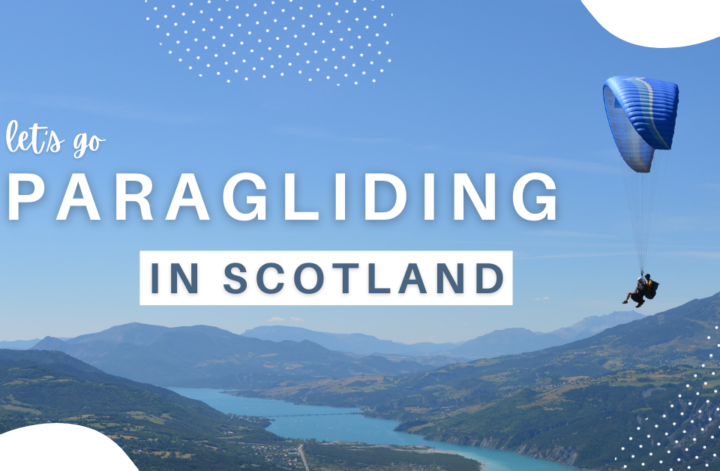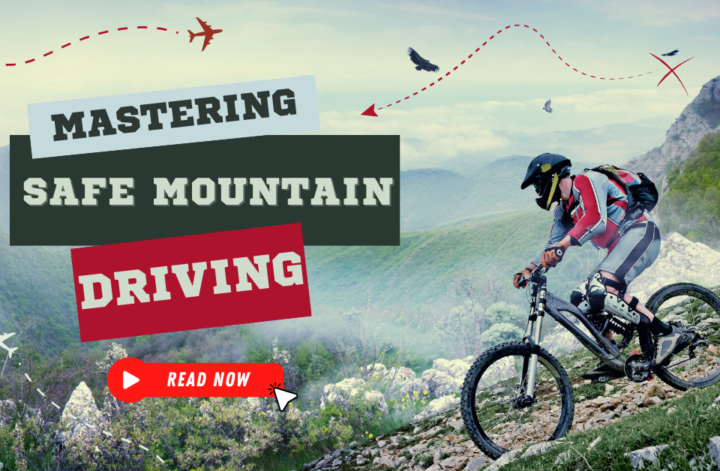Paragliding through Scotland’s rugged highlands and serene lochs presents unrivaled opportunities to take in sweeping vistas of nature’s stunning artwork. Both experienced pilots and first-timers alike can appreciate the country’s diverse topographies, from craggy peaks that challenge seasoned flyers to gentle valleys that ease newcomers into the thrill. Soaring the skies unveils a magnificent panorama that enraptures the soul and quickens the pulse. But for the intrepid explorer visiting the region, nothing compares to feeling the wind beneath colorful wings and taking flight above lochs and glens, with only open sky ahead, for a thrill that will live on in treasured memories for years to come.
The best time for paragliding in Scotland
Although the weather can be unpredictable throughout the year, late spring and summer usually offer the best conditions for soaring over Scotland’s stunning landscapes. During these warmer months, longer daylight hours and milder temperatures enhance visibility and comfort for pilots. This is the perfect time to take advantage of better thermal activity and smoother air. However, it’s crucial to keep a close eye on weather forecasts, as high-pressure systems that create clear skies can change quickly.
Popular paragliding locations across Scotland’s diverse terrain
Scotland’s varied landscape boasts world-class paragliding sites that cater to pilots of all skill levels. The Isle of Arran, located along the picturesque southwest coast, draws pilots eager to enjoy breathtaking views of the sparkling sea and shoreline from above. On the other hand, the rugged peaks of Glencoe offer thrilling flights that trace the dramatic contours of rocky mountainsides. In the expansive Cairngorms National Park, pilots can experience long cross-country flights or tackle the challenges presented by its numerous ridges and corries. Each of these locations provides a unique flying experience that is worth revisiting.
Prioritizing safety
When flying in Scotland, safety should always be the top priority. Pilots need to be aware of and adhere to the regulations established by aviation authorities to ensure the safety of themselves and others. Before each flight, it’s essential to conduct thorough checks of all equipment to ensure it is airworthy. Additionally, novice pilots should only fly in conditions that match their skill level or should be accompanied by a qualified instructor.
Helpful tips for beginner paraglider pilots
For those new to paragliding, tandem flights with an experienced pilot at the controls offer a stress-free way to experience Scotland from a breathtaking perspective. It’s important to wear clothing suitable for varying altitudes and weather conditions to stay comfortable. Staying hydrated and well-rested will also help pilots make the most of their flying experience.




